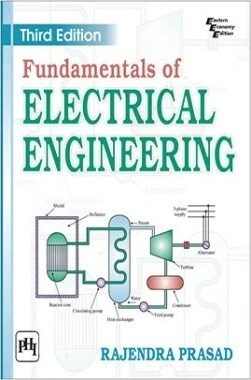Unlock the Potential of Basic Electrical Engineering pdf: Master circuits, safety measures, troubleshooting, and real-world applications for electrifying success.
HC Verma Concepts of Physics PDF
Table of Contents
Electricity is an essential aspect of our daily lives, powering the modern world we live in. Whether it’s lighting up our homes, operating electronic devices, or running industrial machinery, a basic understanding of electrical engineering is crucial. In this article, we will delve into the fundamentals of basic electrical engineering and explore its various concepts and applications.
Basic Electrical Engineering PDF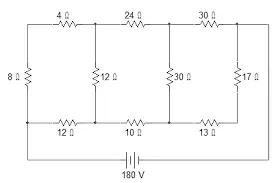
Introduction | Basic Electrical Engineering PDF
A. Definition of basic electrical engineering
Basic electrical engineering encompasses the fundamental principles and concepts that form the basis of electrical systems. It involves the study of electricity, electrical circuits, components, and their applications in various fields.
B. Importance of basic electrical engineering knowledge
Having a foundational knowledge of basic electrical engineering is essential for anyone working with or relying on electrical systems. It helps individuals make informed decisions, perform maintenance tasks, and troubleshoot electrical issues effectively. Furthermore, it lays the groundwork for more advanced electrical engineering concepts and specializations.
Fundamentals of Basic Electrical Engineering
A. Understanding electricity and its properties
Electricity is the flow of electric charge through conductive materials. It is produced by the movement of electrons, typically driven by a potential difference or voltage. Understanding the properties of electricity, such as voltage, current, and resistance, is crucial in basic electrical engineering.
B. Basic electrical components and their functions
Electrical circuits consist of various components with specific functions. These include resistors, capacitors, inductors, and diodes. Each component plays a vital role in controlling and manipulating the flow of electricity within a circuit.
C. Ohm’s law and its application
Ohm’s law is a fundamental principle in electrical engineering. It states that the current flowing through a conductor is directly proportional to the voltage applied across it and inversely proportional to its resistance. Ohm’s law is widely used to calculate current, voltage, and resistance in electrical circuits.
D. Series and parallel circuits
In basic electrical engineering, circuits can be connected in series or parallel configurations. Series circuits have components connected sequentially, while parallel circuits have components connected across common nodes. Understanding the behavior of series and parallel circuits is essential for analyzing and designing electrical circuits.
Electrical Circuit Analysis | Basic Electrical Engineering PDF
A. Kirchhoff’s laws and their significance
Kirchhoff’s laws are fundamental principles used to analyze electrical circuits. Kirchhoff’s current law (KCL) states that the total current entering a node is equal to the total current leaving that node. Kirchhoff’s voltage law (KVL) states that the sum of voltages in any closed loop of a circuit is zero. These laws help determine current and voltage distributions within a circuit.
B. Nodal and mesh analysis techniques
Nodal analysis and mesh analysis are widely used techniques in electrical circuit analysis. Nodal analysis involves solving equations based on Kirchhoff’s current law to determine the voltage at each node in a circuit. Mesh analysis, on the other hand, applies Kirchhoff’s voltage law to derive equations for currents in different loops or meshes of a circuit.
C. Thevenin’s and Norton’s theorem
Thevenin’s theorem states that any linear electrical network can be replaced with an equivalent circuit consisting of a single voltage source and a single series resistor. This simplified circuit helps analyze complex systems. Similarly, Norton’s theorem provides an alternative representation of a network, replacing it with a current source and a parallel resistor.
D. Superposition theorem
The superposition theorem is used to analyze circuits with multiple sources. It states that the response in any element of a linear circuit is the algebraic sum of the responses caused by individual sources acting independently. By calculating the contribution of each source separately, the total response of the circuit can be determined.
Basic Electrical Engineering PDF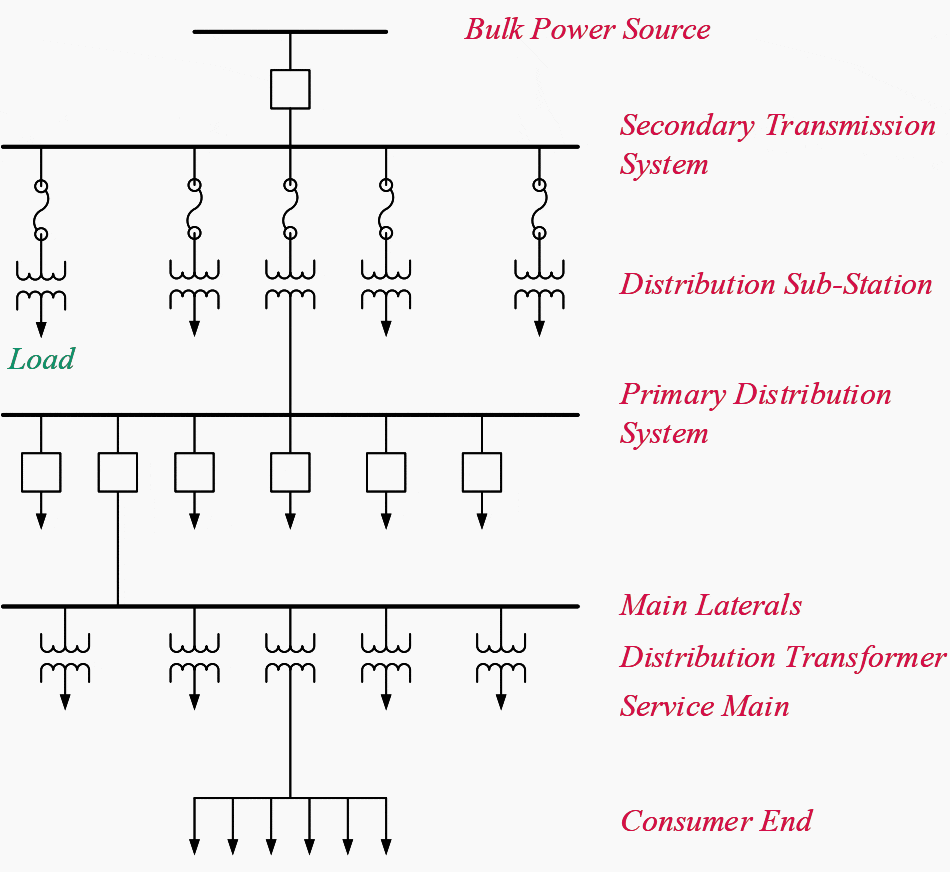
Power and Energy in Electrical Systems
A. Power and its measurement
Power in electrical systems represents the rate at which energy is transferred or converted. It is measured in watts (W) and can be calculated using the formula P = IV, where P is power, I is current, and V is voltage. Understanding power is crucial for sizing components, determining energy requirements, and evaluating system efficiency.
B. AC and DC power calculations
In basic electrical engineering, both AC (alternating current) and DC (direct current) power calculations are important. AC power involves sinusoidal waveforms, and its calculation considers factors such as voltage amplitude, current amplitude, and power factor. DC power calculations are relatively simpler, involving a constant voltage or current source.
C. Energy and its conservation
Energy conservation is a fundamental principle in electrical systems. Energy is the ability to do work, and electrical energy plays a crucial role in powering various devices and systems. Understanding energy conservation helps optimize system efficiency, minimize energy loss, and promote sustainable practices.
Electrical Machines and Transformers
A. Introduction to electrical machines
Electrical machines are devices that convert electrical energy into mechanical energy or vice versa. They play a vital role in numerous applications, including motors, generators, transformers, and more. Understanding the working principles and characteristics of electrical machines is essential in basic electrical engineering.
B. DC motors and generators
DC motors and generators are commonly used in various industries. DC motors convert electrical energy into mechanical energy, providing motion in numerous applications. DC generators, on the other hand, convert mechanical energy into electrical energy through the principle of electromagnetic induction.
C. AC motors and their types
AC motors are widely used in industrial and residential applications. They operate on alternating current and come in different types, including induction motors, synchronous motors, and brushless DC motors. Each type has its unique characteristics and applications.
D. Transformers and their working principles
Transformers are essential devices used to transfer electrical energy between circuits at different voltage levels. They work on the principle of electromagnetic induction. Transformers play a crucial role in power distribution systems, allowing efficient transfer of electricity over long distances and voltage transformations.
Basic Electrical Engineering PDF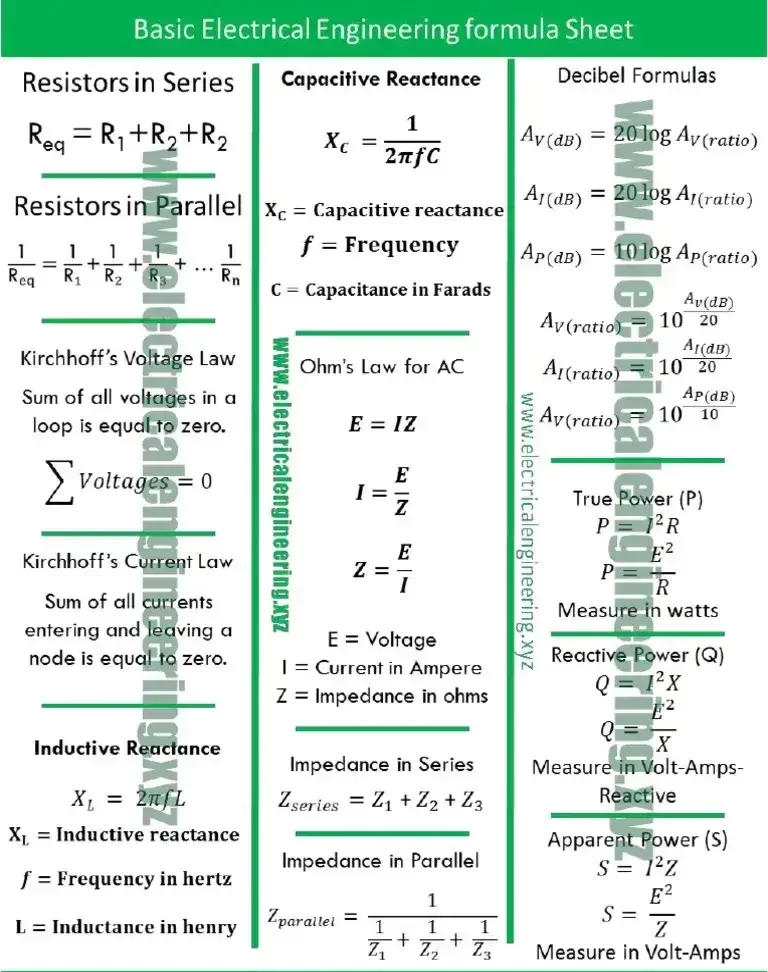
Electrical Safety Measures
A. Understanding electrical hazards
Electrical systems can pose various hazards if not handled properly. Understanding the potential risks, such as electric shock, fire, and electrical burns, is crucial in basic electrical engineering. Awareness of safety protocols and regulations is essential for creating a safe working environment.
B. Safety precautions in electrical systems
To ensure safety, certain precautions must be followed when working with electrical systems. These include wearing appropriate personal protective equipment (PPE), properly grounding equipment, using insulated tools, and following lockout/tagout procedures. Adhering to safety guidelines minimizes the risk of accidents and promotes a safe working environment.
C. Grounding and earthing
Grounding and earthing are techniques used to protect against electrical faults and provide a safe path for fault currents. Grounding involves connecting electrical systems to the earth through grounding electrodes, while earthing refers to connecting conductive parts of equipment to the earth. Proper grounding and earthing prevent electrical shock and equipment damage.
Electrical Measurements and Instruments
A. Basic electrical measuring instruments
Electrical measurements are essential for analyzing and monitoring electrical systems. Basic measuring instruments include voltmeters, ammeters, and wattmeters. Voltmeters measure voltage, ammeters measure current, and wattmeters measure power consumption.
B. Oscilloscope and its applications
An oscilloscope is a versatile instrument used to visualize and analyze electrical waveforms. It displays voltage variations over time, allowing engineers to observe signal characteristics, measure frequencies, and diagnose circuit abnormalities. Oscilloscopes are widely used in troubleshooting, waveform analysis, and signal characterization.
Troubleshooting and Maintenance
A. Identifying common electrical faults
Electrical systems can experience various faults and malfunctions. Common electrical faults include short circuits, open circuits, voltage fluctuations, and insulation breakdown. Identifying and diagnosing these faults is a crucial skill in basic electrical engineering.
B. Troubleshooting techniques
Troubleshooting involves systematically identifying and resolving electrical issues. Techniques such as visual inspection, continuity testing, insulation resistance testing, and voltage measurements are employed to isolate and rectify faults. Effective troubleshooting ensures the smooth operation of electrical systems.
C. Preventive maintenance of electrical systems
Preventive maintenance aims to prevent equipment failures and extend the lifespan of electrical systems. It involves regular inspections, cleaning, lubrication, and component replacement as necessary. By proactively maintaining electrical systems, potential issues can be identified and resolved before they escalate.
Basic Electrical Engineering PDF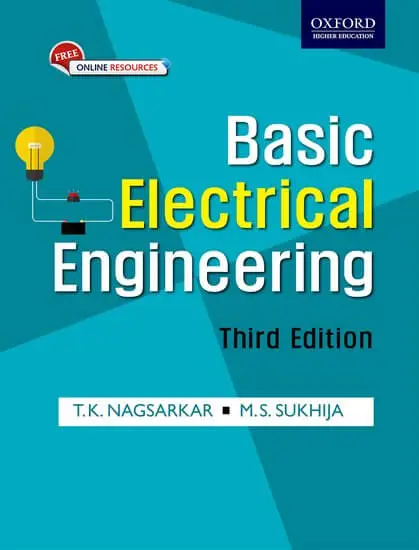
Applications of Basic Electrical Engineering
A. Residential electrical wiring
Basic electrical engineering knowledge is essential for residential electrical wiring. It involves designing electrical layouts, selecting appropriate wire gauges, installing switches and outlets, and ensuring compliance with safety codes. Understanding residential wiring allows homeowners to undertake electrical projects safely and effectively.
B. Industrial power distribution
In industrial settings, efficient power distribution is crucial for smooth operations. Basic electrical engineering concepts help in designing and maintaining power distribution systems, including switchgear, transformers, circuit breakers, and power factor correction. Proper power distribution ensures reliable and efficient supply to industrial machinery.
C. Renewable energy systems
Renewable energy systems, such as solar panels and wind turbines, require basic electrical engineering knowledge for installation and integration. Understanding concepts like power conversion, energy storage, and grid connection enables individuals to harness renewable energy sources and contribute to sustainable practices.
Conclusion | Basic Electrical Engineering PDF
Basic electrical engineering forms the foundation of understanding and working with electrical systems. From fundamental concepts and circuit analysis to electrical safety and applications, this article has explored various aspects of basic electrical engineering. By acquiring this knowledge, individuals can confidently navigate electrical systems, troubleshoot issues, and contribute to the efficient and reliable functioning of electrical systems. Whether it’s for residential wiring, industrial power distribution, or renewable energy systems, a solid understanding of basic electrical engineering is essential
In conclusion, basic electrical engineering provides individuals with the necessary knowledge to comprehend and work with electrical systems effectively. By grasping the fundamentals of electricity, circuit analysis techniques, power calculations, and the principles behind electrical machines, individuals can confidently engage with electrical systems in various applications. Moreover, being aware of safety measures, troubleshooting techniques, and the significance of preventive maintenance ensures the smooth and safe operation of electrical systems.
As technology continues to advance and our reliance on electricity grows, having a strong foundation in basic electrical engineering becomes increasingly valuable. So, whether you’re an aspiring electrical engineer, a homeowner undertaking electrical projects, or someone interested in renewable energy systems, embracing the principles and concepts of basic electrical engineering will empower you to navigate and contribute to the electrified world around us.
Basic Electrical Engineering PDF
FAQs about Basic Electrical Engineering PDF
Can I learn basic electrical engineering without formal education in the field?
Absolutely! While formal education provides a structured learning environment, there are many resources available online, such as tutorials, textbooks, and video lectures, that can help you grasp the fundamentals of basic electrical engineering.
What are some common safety precautions when working with electrical systems?
When working with electrical systems, it is crucial to wear appropriate personal protective equipment (PPE), ensure proper grounding, use insulated tools, and follow lockout/tagout procedures. Additionally, always work on de-energized systems whenever possible and exercise caution to prevent electrical shocks and accidents.
How can I troubleshoot electrical faults effectively?
Effective troubleshooting involves a systematic approach. Start by identifying the symptoms and potential causes of the fault. Then, use appropriate testing and measurement tools to isolate the issue. Continuity testing, voltage measurements, and insulation resistance testing are commonly used techniques. Consulting technical manuals and seeking assistance from experienced professionals can also be beneficial.
What are some common applications of basic electrical engineering in everyday life?
Basic electrical engineering finds applications in various aspects of daily life, including residential electrical wiring, electrical appliance operation, lighting systems, power outlets, and circuit breakers. It also plays a crucial role in industries such as manufacturing, transportation, telecommunications, and renewable energy.
How can I contribute to sustainable practices through basic electrical engineering knowledge?
Basic electrical engineering knowledge can enable you to contribute to sustainable practices by understanding and implementing renewable energy systems, optimizing energy consumption, and ensuring efficient power distribution. By embracing energy-efficient technologies and promoting responsible energy usage, you can make a positive impact on the environment.
What are the basic of basic electrical engineering?
Voltage, Current, Resistance and Ohm’s Law
These are the three basic building blocks required to manipulate and utilize electricity. With a constant voltage source, we can see how current and resistance change. With a high resistance, there will be very low current flowing through the load.
What are the 3 main branches of electrical engineering?
Types of electrical engineering
Space systems engineering.
Electrical engineering.
Telecommunications engineering.
What are the four basic electrical?
Volts, amps, ohms, and watts are therefore the four fundamental units of electricity.
What are the 3 laws of electricity?
Three important rules to remember about charges: Positive charges repel each other. Negative charges repel each other. Opposite charges attract.
What are types of electrical engineering?
Electrical engineering is now split into a variety of different fields such as computer engineering, electronics, instrumentation, optics, photonics, photovoltaics, power engineering, radio-frequency engineering, signal processing, systems engineering, and telecommunications.
What are the 5 main types of circuits?
Types of circuits include five major classifications: Close Circuit, Open Circuit, Short Circuit, Series Circuit, and Parallel Circuit.
What is the theory of AC and DC?
Both AC and DC describe types of current flow in a circuit. In direct current (DC), the electric charge (current) only flows in one direction. Electric charge in alternating current (AC), on the other hand, changes direction periodically.

